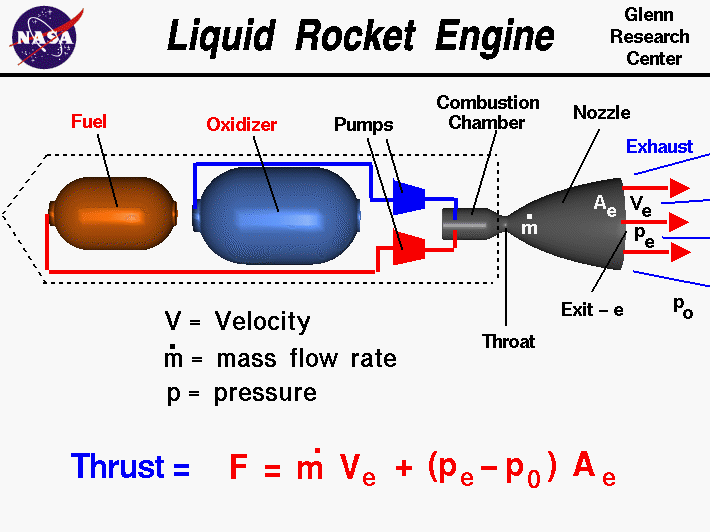Besides wanting to be a pilot, flying in the sky, I also have great interest in designing and building aircraft. Pretty much, when an aviator goes to the airline for a job they'll need a bachelor degree to get hired. Not many places offer a degree in flying; even though there are degrees for flying, I choose to get a degree in aerospace engineering to pursue my second passion of aerospace design. I've had ideas of building many different aircraft since I was little, one being a tilt rotor quad-copter plane. I think it's so cool to be able to produce a thought, draw it, explain it, and then do the math and physics to make it come alive.
Making an aircraft is hard but also not really lol. An airplane needs a cabin (unless its an unmanned aircraft), fuselage, wings, tail, and engine; those are the basic parts, easy right? Now the hard part would be to put all those together in an aerodynamic design, keep it light and strong, safe, run efficiently, and not become overly pricey. A good aviation masterpiece will need a lot of physics and math done in order to make it possible, like the SR-71 Blackbird. It wasn't cheap but it was able to reach nearly the top of the atmosphere and go faster than mach 3. The SR-71 was really expensive so its lifespan wasn't too big but looking at a different aircraft like a Cessna 182 and you come across another great plane. It's not as fast or as strong but it has advantages that the blackbird (SR-71) didn't have. The 182 is light, safe, waayyy more fuel efficient, and they're cheaper to operate.
The design in aircraft now is different from the first commercial aircraft. They would never thought of using jet engines, now that's almost all you see running planes. About every decade an aircraft will have something new to its design structure.
 |
| Boeing 777 |
To the left is a Boeing 777. This aircraft features a delta wing, a triangle shaped wing, and the wings are swept back. The reason for swept wings are to help lower drag since these aircraft fly close to the speed of sound, which generate shock waves. This is is because the chord line, line from front to end of the wing, isn't parallel to the direction of flight so shock waves, which generate huge drag, are delayed to a faster speed. This increases efficiency, lowers noise and vibrations, and allows the plane to preform better.
 |
| Boeing 787 |
Now to the right is a Boeing 787. This aircraft is much newer to the 777 above. As you can see the wings curve upward as if the plane is suspended by two strings on the ends. The 787 in this picture has its flaps retracted, looks like the pilot is going for a landing by the angle of attack, retracted flaps, and retracted gear. These wings have a great amount of flexibility because of the new type of material utilized to make the wing. The wing is made up of a more lighter, but stronger, material and this new material is more flexible than existing wing materials still used. The curve does lose lift but its not a significant amount but a pro to cover up is that there is less turbulence. Less turbulence since the air vortices produced roll outward on the wing; less vibrations, noise, and drag.
 |
| Airbus 320 |
Talking about vortices rolling off the wing, we see above an A320. Now on this aircraft we see that the tips of the wing go from parallel to the floor then take off strait up. On the tip of the wings there is a great vortex of air generated that creates a strong opposing force. Engineers discovered that curving the tip of the wings up helps dissipate this vortex with a significant increase in efficiency.
It may look like all these aircraft that the average passenger will fly in all look the same and that's because its almost true. The aircraft manufactures want to incorporate theses new technologies into their jets for better performance, higher efficiency, and passenger comfort and safety. These planes are familiar today but in three decades.... they're relics, in the history books.











